Slash Your Energy Bills: 14 Insider Tips for a Low-Cost Home (Guide)
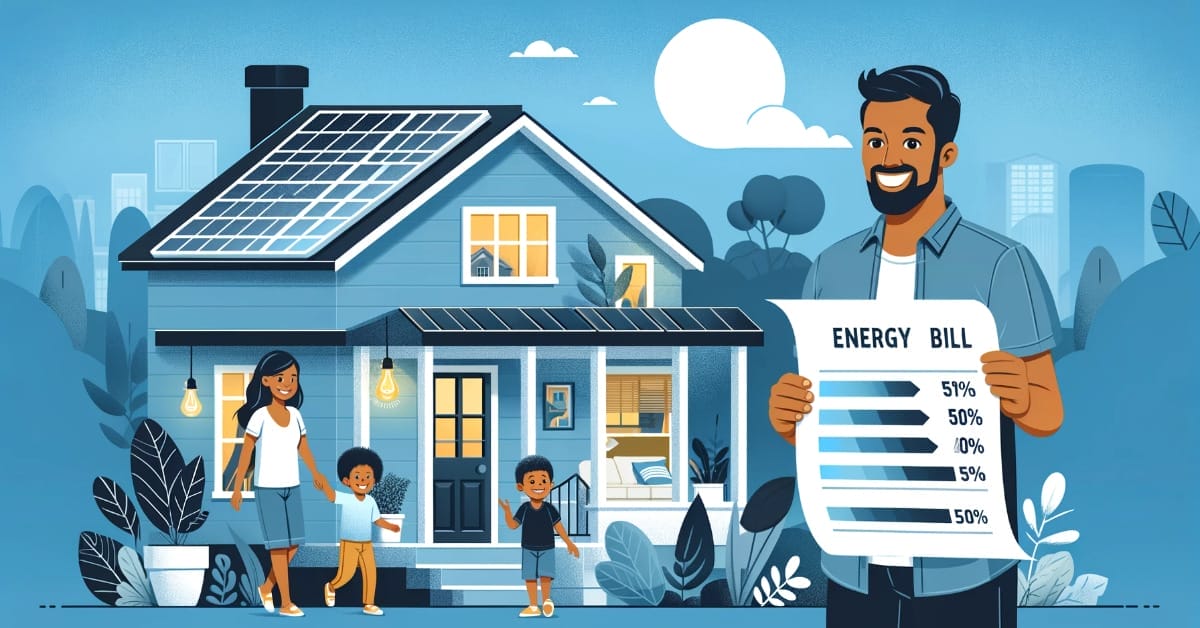
Energy bills can drain your bank account, and with prices rising, it’s more important than ever to find ways to cut back.
I’m here to peel back the curtain on the secrets of those who’ve mastered the art of low energy bills. Here’s the low down:
🔍 Know Your Usage
📱 Use the Right Apps
🪟 Use Your Windows
🌡️ Program Your Thermostat
🔒 Close the Gaps
🧣 Bundle Up
💨 Dry Strategically
🏠 Insulate
And more…
By the end of this article, you’ll clearly understand how to make your energy bills more manageable. Let’s dive in!
Tip 1: Know Your Usage

I closely monitor my energy usage to help reduce my energy costs. One of the best ways to do this is by scheduling a home energy audit.
This audit can help identify areas where I may be losing energy and suggest how to make necessary energy-saving improvements. I can find a professional energy auditor in my area by consulting RESNET or the Building Performance Institute.
Also, say hello to plug-in kilowatt meters. These handy devices are your friends if you’re bent on reducing your energy bill. They keep track of energy usage per appliance, ensuring you point out those energy guzzlers like the ever-running refrigerator or the office laptop.
Doing this allows me to plan necessary energy-saving improvements and reduce energy consumption. This can help me save money on energy bills and reduce heating costs.
Tip 2: Use Apps
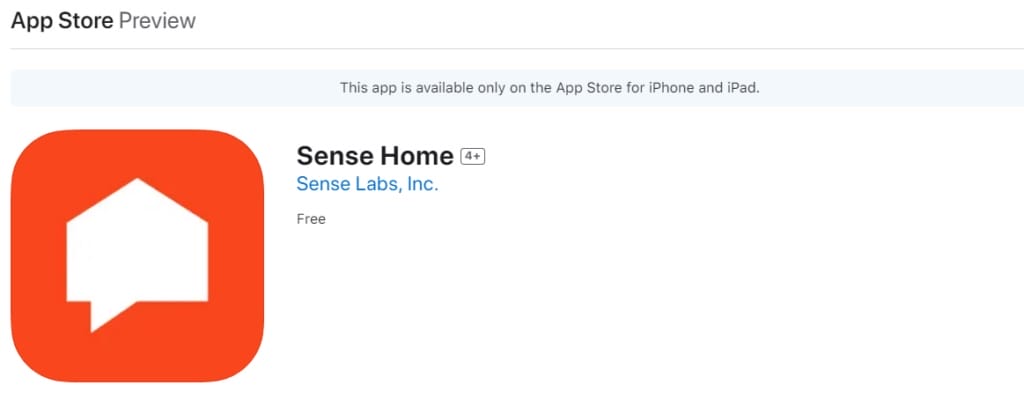
Smartphone apps have become quite the ally in the quest for energy efficiency. Numerous apps are available that track energy usage and offer improvement tips. Be it free or modestly priced; these apps can significantly help you pinpoint effective areas for energy savings.
Take, for instance, Sense, a home energy monitor that plugs into your electrical panel. It provides insight into your home’s electricity use through an easy mobile app.
When plugging in or unplugging different devices, the app displays the change in the total wattage. It’s fascinating to see the impact of simple actions on energy usage.
Tip 3: Use Windows
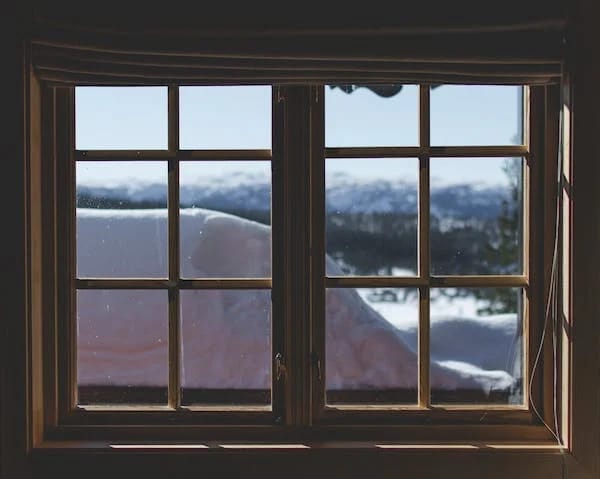
Have you ever heard the phrase windows are the eyes to your home’s energy efficiency? If not, I’m here to tell you why you should consider them now!
People with low energy use exploit their windows to their full advantage. In summer, they close the curtains on sun-facing windows to reject some heat.
Come winter, the curtains swing open, letting in the daytime warmth. Nice. But here’s the catch: they close the curtains at night, keeping that toasty warmth snug inside while they sleep. And who doesn’t love waking up in a warm home on a cold winter’s day?
Revamping windows doesn’t stop at curtains. Some go the extra mile installing awnings or shutters. These add a decorative touch and make homes energy efficient by reducing heat gain in the summer and decreasing heat loss when it’s chilly.
Tip 4: Program The Thermostat
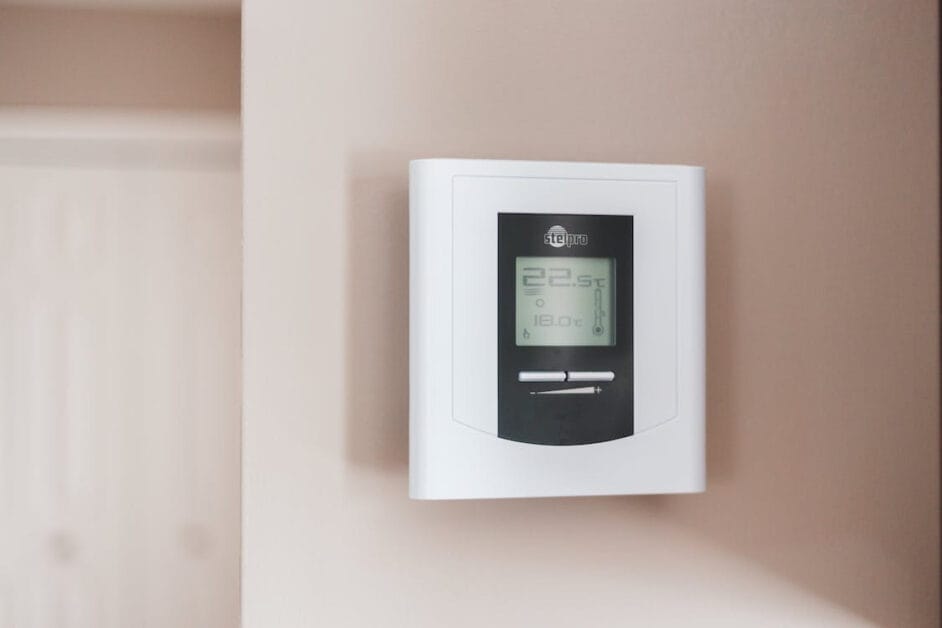
Regarding reducing energy bills, programmable thermostats play a pivotal role. You might ask me, “Why are they so influential?” It’s simple: they fashion your house’s temperature according to your work and sleep schedules.
When you’re off to work or tucked in bed, the thermostat modifies the temperature, saving significant energy. I’d say it’s like a personal butler managing your energy consumption for you!
Rather than heat or cool an empty house, these nifty devices adjust the temperature per your daily routines. Here’s a kicker: if you’re proactive with your settings and program this gadget correctly, you could save 10% or more on your heating bills. That’s a steal.
I understand that the dynamics change slightly if everyone’s home all day. It’s not just about saving energy; comfort becomes paramount. These thermostats allow for that, too. You can increase the settings in summer to save energy without compromising comfort.
Tip 5: Close the Gaps
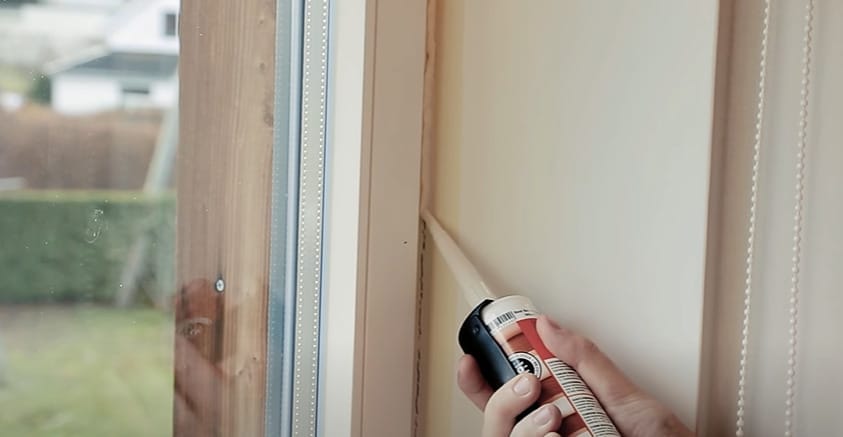
Another secret strategy of energy-savvy folks is closing the gaps. They understand the impact of unwanted drafts on energy bills and take measures to seal those pesky leaks. But how do they do this, you ask?
- Step 1: Locate all air leaks. These could be around windows, doors, areas where plumbing, ductwork, or electrical equipment comes through the exterior walls, chimneys, recessed lights, and even bathroom, kitchen, or dryer vents.
- Step 2: Once located, these gaps are sealed using inexpensive sealing solutions such as caulking, spray foam, or weatherstripping, transforming the home into a more comfortable, draft-free environment.
Another prevalent situation is those annoying drafts around door frames. These are not just uncomfortable; they’re the equivalent of throwing money in the wind as they cause a real drain on your energy bill.
But don’t worry! There’s a simple solution: the humble pressure-sensitive weather strip. These handy devices come in a range of materials — rubber plastic — and are self-adhesive, making them easy to install and use.
Tip 6: Pay for What You Use

In the quest for saving on utilities, budget plans often come up. These plans give you an average cost spread over the year, making for predictable bills.
But I’d advise you to pause before signing up for one. You could give your power company an interest-free loan via budget billing. How? It’s simple. The company bills you for estimated, not actual usage.
Imagine being frugal with your energy – it could mean you’re overpaying. Paying as you go instead of these budget plans could be a shrewder option. It means you only pay for what you use, so your energy consumption will reflect on your bill if you’re conscientious about your energy consumption.
Tip 7: Dry Strategically

You may not realize it, but your laundry habits can impact your energy bill in a big way. One straightforward change is getting strategic about when you use your dryer.
It’s a heat generator, and using it to your advantage can cut costs. Aim to do your laundry early in the morning or right after work. That way, you can reap the heat benefits when your home might be chillier. Drying overnight, however, wastes energy!
According to the California Energy Commission, dryers use approximately 6% of a home’s electricity. To save, dry multiple loads one after the other to reuse leftover heat from earlier cycles. This doesn’t just help your wallet – it helps the planet, too, by reducing carbon emissions.
Tip 8: Insulate
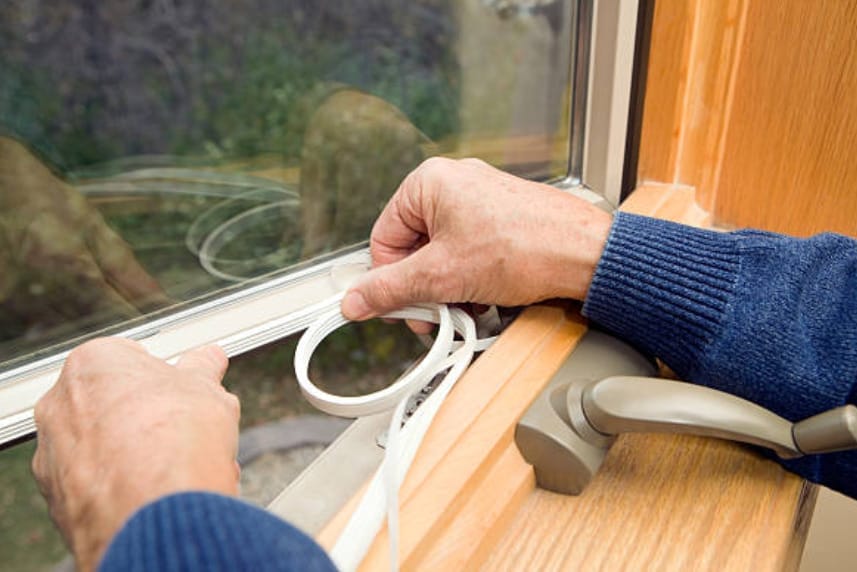
Did you know proper attic insulation can cut energy costs by 10-50%? Research from the Department of Energy supports that finding.
Think of insulation as that first line of defense against energy loss. As heat rises, it creates a chance for warm air to escape. But hold on, a well-insulated loft has got this covered. It reduces airflow, preventing those sneaky drafts that suck warm air out of a house.
There’s a plethora of insulation types accessible, such as:
- Loose fill
- Batt
- Fiberglass blankets
- Cotton
But remember, there’s no one-size-fits-all here. Every house is unique, and so are its insulation needs. The kind of insulation best for your home depends greatly on your climate and house type. So, don’t forget to do your research!
Tip 9: Reverse Fans
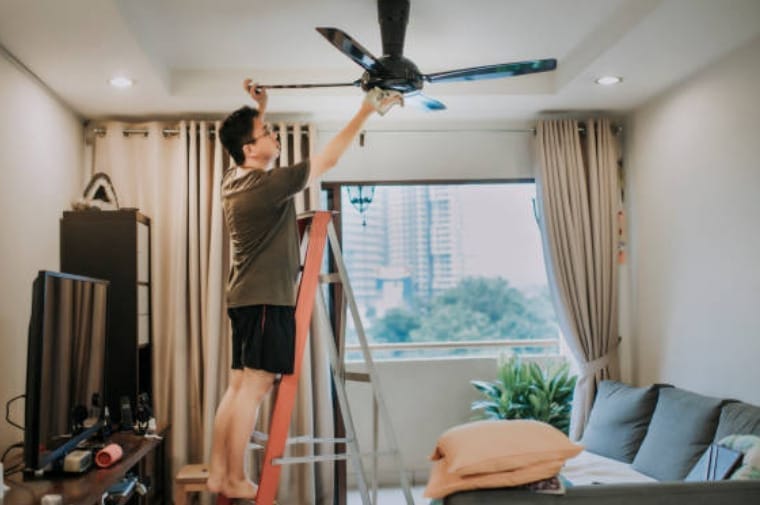
One of the best-kept secrets of homeowners who want to keep their energy bills down is reversing their fans. You might think of ceiling fans as a way to keep cool during the summer, but they’re also useful in battling the chilly winter months.
Most ceiling fans have reversible motors. Their features allow them to push warm air down when it’s cold, improving your room’s comfort and temperature.
I recommend rotating the fan’s blades in a “forward” or clockwise direction during winter. This drives warm air trapped by the ceiling into the living space, enhancing the air distribution and giving a cozy feel.
Consider upgrading to an Energy Star-certified ceiling fan to further up the ante. They’re proven to be up to 50% more efficient than a conventional model, a game-changer in energy cost savings.
Tip 10: Skip the Fire

I’ve got a hot take for you—literally. Using your fireplace can hike up your heating bills. It’s a bit counterintuitive.
When your fireplace flue is open, it tends to suck out the warm air from our cozy rooms and send it up the chimney. That means we’re paying more to heat the outdoors!
According to the California Energy Commission, investing in insulated tempered glass doors is a good way around this. They’ll let you enjoy that warm glow from your fire without draining your wallet.
And don’t forget to keep the fireplace flue damper shut tight when you’re not using it. Maybe consider installing an inflatable “chimney balloon” to bar cold air from getting in and trap the warm air inside.
Tip 11: Bundle Up

In the winter, bundling up is a great way to stay warm and save money on your energy bill. Sweaters are a staple of winter fashion for a reason. They not only look great, but they also keep you warm without having to turn up the thermostat.
Layering your clothes with a long-sleeve T-shirt, mid-weight sweater, and a fleece-lined jacket or vest will keep you cozy on the coldest days. Fleece-lined jeans and wool socks are also great options for staying warm.
By bundling up, you can keep your energy bill low while staying comfortable during winter.
Tip 12: Use Motion Sensors

Ever get tired of following family members around the house, switching off lights they’ve left on? Motion sensors can sort that problem and save plenty of energy.
I’m discussing smart options like GE’s LED Plus lineup or Ring’s smart outdoor lights. They’re brilliant, literally! They sense when someone’s in the room and light up only when needed, dimming or switching off when nothing’s happening.
While fitting sensors, why don’t you switch out those outdated incandescent bulbs for efficient, long-lasting LED versions? According to the U.S. Department of Energy, switching to LEDs over the next 20 years could save the U.S. $250 billion!
It’s also expected to cut electricity usage for lighting in half and avoid nearly 1,800 million metric tons of carbon emissions. Talk about a double win for your budget and the planet!
Tip 13: Use Power Strips

To reduce energy consumption and nail down those spiking bills, it’s crucial to understand those silent energy eaters, the “energy vampires,” as I nickname them.
You might be amazed to learn that a quarter of all residential energy consumption is gobbled up by devices plugged in and idling. Whether it’s your computer, microwave, game console, or TV, they are slyly wasting energy even when they’re not technically active.
It’s worth investing in advanced power strips to battle these energy vampires. By plugging your devices into these strips, you can effortlessly cut off power to all of them when not in use – neat, huh?
This simple step can help you abruptly halt the idle power mode that costs us a bundle. Consider Leaving a computer on all day, which can cost about $75 a year!
Tip 14: Service Your Systems
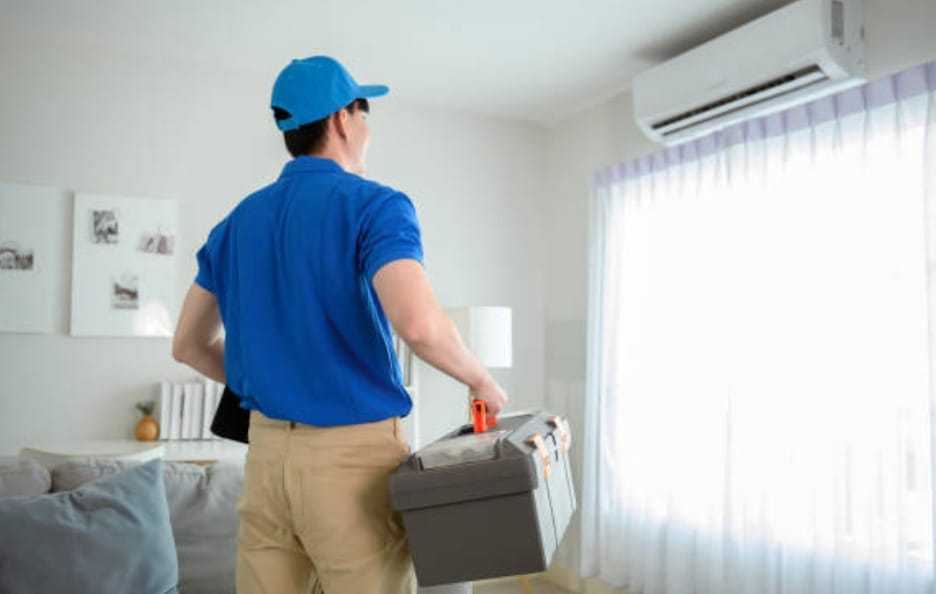
As an expert in the field, I’ve seen it repeatedly: people with low energy bills have their HVAC systems serviced regularly. Professional annual upkeep is recommended for both heating and AC systems.
This step ensures that minor issues are nipped in the bud before they lead to bigger problems and increased energy bills.
You may think “Out of sight, out of mind,” but regular maintenance tasks like changing air filters and cleaning ducts can greatly impact your HVAC efficiency.
Furthermore, don’t overlook your water heater. Maintain its best performance by keeping the temperature at the “warm” setting, or 120 degrees.
Maximizing Your Savings: A Financial Renovation
Let’s dive into the numbers and see where the savings add up. Imagine we’re walking through your finances like we’re renovating a home. Each cost-cutting measure is like a strategic home improvement that increases value and efficiency.
| Energy Saving Tips | Potential Savings Estimation | Comments |
|---|---|---|
| 🔌 Use of plug-in kilowatt meters | 2-5% of appliance’s usage | Depends on the energy consumption of the appliance. |
| 🌙 Timing tasks to off-peak hours | Up to 10% of the bill | Depends on the differential in peak and off-peak rates. |
| 🏡 Use of energy-efficient windows and curtains | 7-15% of heating/cooling | Varied based on climate and window efficiency. |
| 🌡️ Programming thermostats correctly | Up to 10% of heating bill | Savings occur when heating/cooling is reduced. |
| 🛠️ Sealing gaps with caulking or weatherstripping | 5-10% of energy bill | Depends on the severity of drafts and leaks. |
| 🌀 Strategic use of dryer and dishwasher | 5-15% of their energy use | Based on proper usage and maintenance. |
| 🏠 Proper attic insulation | 10-50% of heating/cooling | Highly variable based on current insulation. |
| 🔃 Reversing ceiling fans in winter | 1-2% of heating bill | Modest impact, more about comfort. |
| 🔥 Using the fireplace wisely | Variable | It depends on how often you use the fireplace. |
| 🔥 Using the fireplace wisely | 15-20% of appliance’s usage | Based on the energy efficiency of the new vs. old model. |
Frequently Asked Questions
- Does the Size of My Home Affect How I Should Save Energy?
- Size does play a role. Larger homes often have more potential for heat loss and higher energy consumption, so focus on sealing and insulating. Smaller homes may benefit more from appliance upgrades and daily habit changes.
- What’s More Energy-Efficient: Central AC or Room Units?
- Room units can be more efficient if you only need to cool one room. Central AC can be more efficient for cooling multiple rooms at once. It all depends on your specific needs.
- What Is Phantom Load and How Can I Reduce It?
- Phantom load is the energy electronic devices consume when turned off but still plugged in. Reduce it by unplugging devices when not in use or using a smart power strip.
- Can I Save Energy with My Cooking Appliances?
- Yes! Using a microwave or slow cooker instead of an oven can save energy. Also, putting lids on pots to boil water faster and batch-cooking meals can reduce energy use.
- What Should I Know About Home Energy Storage Systems?
- Home energy storage systems, like battery banks, can store energy when rates are low (like from solar panels during the day) and use it when rates are high, leading to potential savings.
References
Organizations:
- Residential Energy Services Network (RESNET). http://resnet.us/
- Building Performance Institute (BPI). https://www.bpi.org/
- American Council for an Energy-Efficient Economy (ACEEE). https://www.aceee.org/
Books:
- “The Homeowner’s Handbook to Energy Efficiency” by John Krigger and Chris Dorsi. https://www.buildersbook.com/the-homeowner-s-handbook-to-energy-efficiency-a-guide-to-big-and-small-improvements.html
- “Insulate and Weatherize” by Bruce Harley. https://www.barnesandnoble.com/w/insulate-and-weatherize-bruce-harley/1140192857
Website Resources:
- Energy Star. https://www.energystar.gov/
- Sense Energy Monitor. https://sense.com/
- California Energy Commission. https://www.energy.ca.gov/
Video References:
Penosil Official
